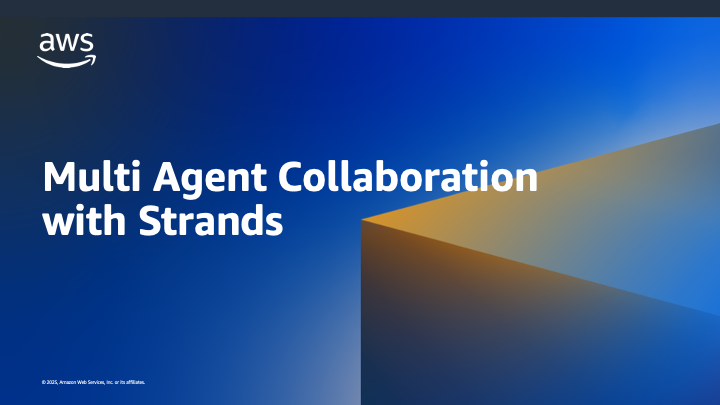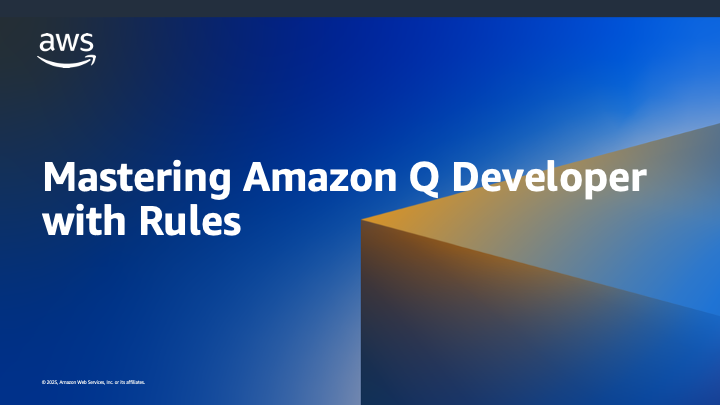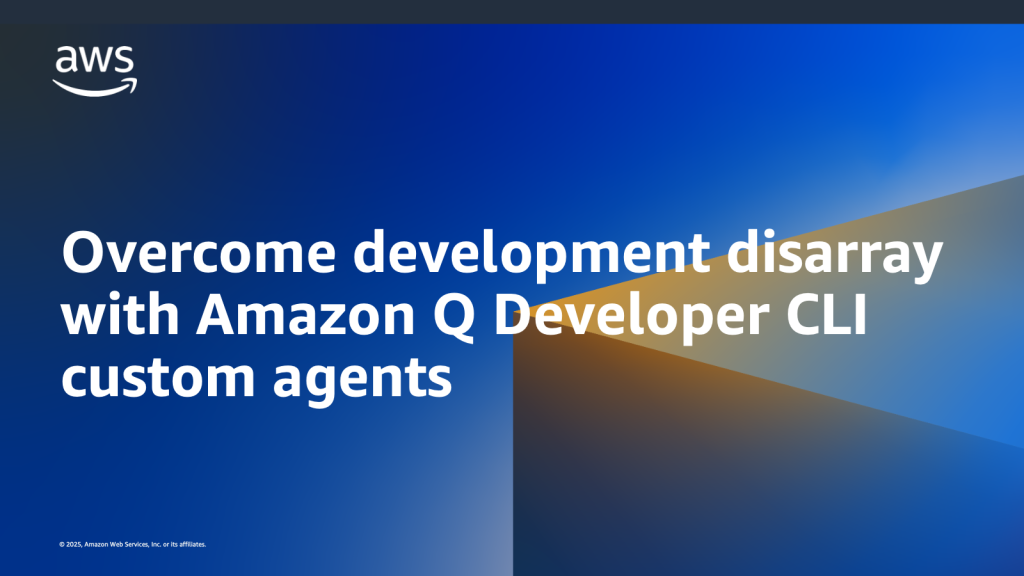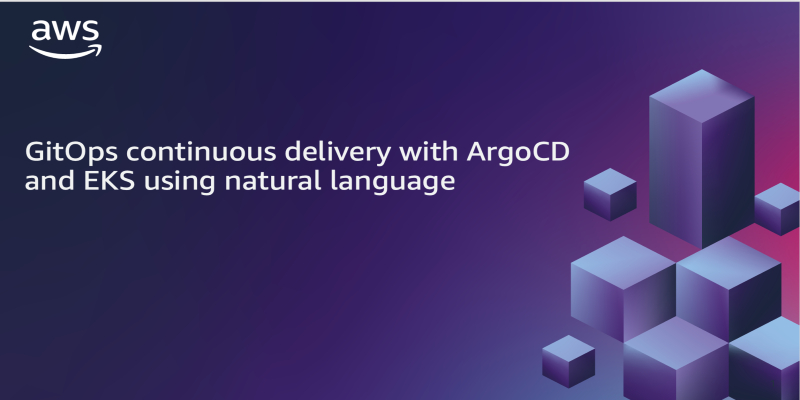AWS DevOps & Developer Productivity Blog
Tag: Developer Tools
Multi Agent Collaboration with Strands
In the evolving landscape of autonomous systems, multi-agent collaboration is becoming not only feasible but necessary. As agents gain more capabilities, like advanced reasoning, adaptation, and tool use, the challenge shifts from individual performance to effective coordination. The question is no longer “can an agent solve a task?” but “how do we organize execution across […]
AWS Cloud Development Kit (CDK) Launches Refactor
We are excited to announce a new AWS Cloud Development Kit (CDK) feature that makes it easier and safer to refactor your infrastructure as code. CDK Refactor aims to preserve your AWS resources as you rename constructs, move resources between stacks, and reorganize your CDK applications – operations that previously risked resource replacement. When writing […]
Introducing an Interactive Code Review Experience with Amazon Q Developer in GitHub
Code reviews are one of the most valuable rituals in software development. They help ensure quality, maintain consistency, and foster growth as engineers. But they’re also one of the most time consuming steps in the software development lifecycle. A common pattern I’ve seen is a developer opening a pull request (PR), receiving automated or peer […]
Measuring Developer Productivity with Amazon Q Developer and Jellyfish
Modern software development teams face increasing pressure to deliver high-quality code faster, while managing growing system complexity. Developers often spend significant time on necessary, but undifferentiated work, or “toil”. Toil is often manual, repetitive, and of limited enduring value, making it a strong candidate for automation or delegation to generative AI tools. The re:Invent 2024 […]
Mastering Amazon Q Developer with Rules
When I first started working with Amazon Q Developer, I was impressed by its capabilities, but I quickly found myself in a familiar pattern. Development teams using AI assistants face a common challenge: repeatedly explaining coding standards, workflow preferences, and established patterns in every conversation. This repetitive setup reduces productivity and creates inconsistent AI guidance […]
Overcome development disarray with Amazon Q Developer CLI custom agents
As a developer who has embraced the power of the Model Context Protocol (MCP)to enhance my workflows, I’m thrilled to see the addition of custom agents in the Amazon Q Developer CLI. This new feature takes the capabilities I’ve come to rely on to a whole new level, allowing me to seamlessly manage different development […]
GitOps continuous delivery with ArgoCD and EKS using natural language
Introduction ArgoCD is a leading GitOps tool that empowers teams to manage Kubernetes deployments declaratively, using Git as the single source of truth. Its robust feature set, including automated sync, rollback support, drift detection, advanced deployment strategies, RBAC integration, and multi-cluster support, makes it a go-to solution for Kubernetes application delivery. However, as organizations scale, […]
Streamline Operational Troubleshooting with Amazon Q Developer CLI
Amazon Q Developer is the most capable generative AI–powered assistant for software development, helping developers perform complex workflows. Amazon Q Developer command-line interface (CLI) combines conversational AI with direct access to AWS services, helping you understand, build, and operate applications more effectively. The Amazon Q Developer CLI executes commands, analyzes outputs, and provides contextual recommendations […]
Accelerate development with secure access to Amazon Q Developer using PingIdentity
Overview Customers adopting Amazon Q Developer, a generative AI-powered coding companion, often need authentication through existing identity providers like PingIdentity. By leveraging AWS IAM Identity Center, organizations can enable their developers to access Amazon Q Developer with their existing PingIdentity credentials, streamlining authentication and removing the need for separate login procedures. Amazon Q Developer can […]
Use Model Context Protocol with Amazon Q Developer for context-aware IDE workflows
Earlier today, Amazon Q Developer announced Model Context Protocol (MCP) support in their Integrated Development Environment (IDE) plugins for Visual Studio Code and JetBrains. This allows developers to connect external tools or MCP servers to Q Developer, enabling more context-aware responses and complex workflows. MCP support has already been available in Amazon Q Developer for […]









